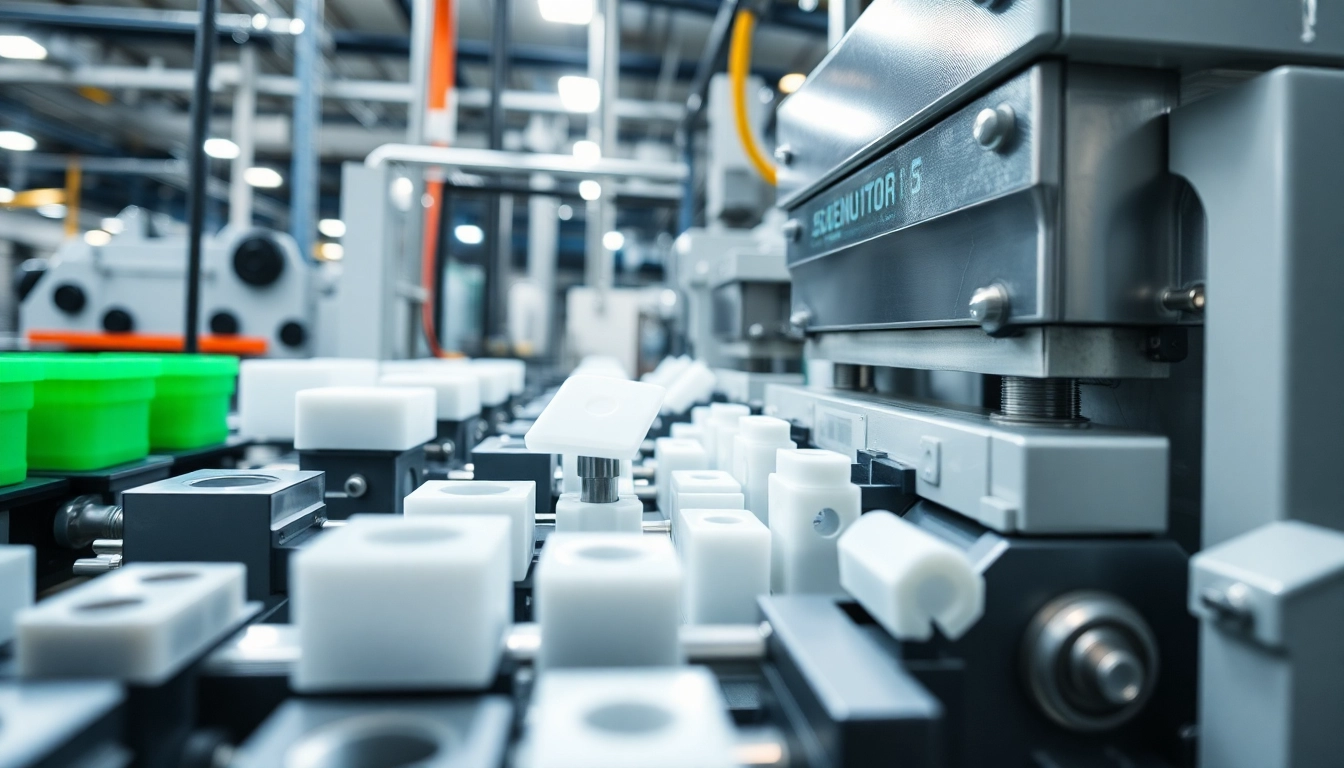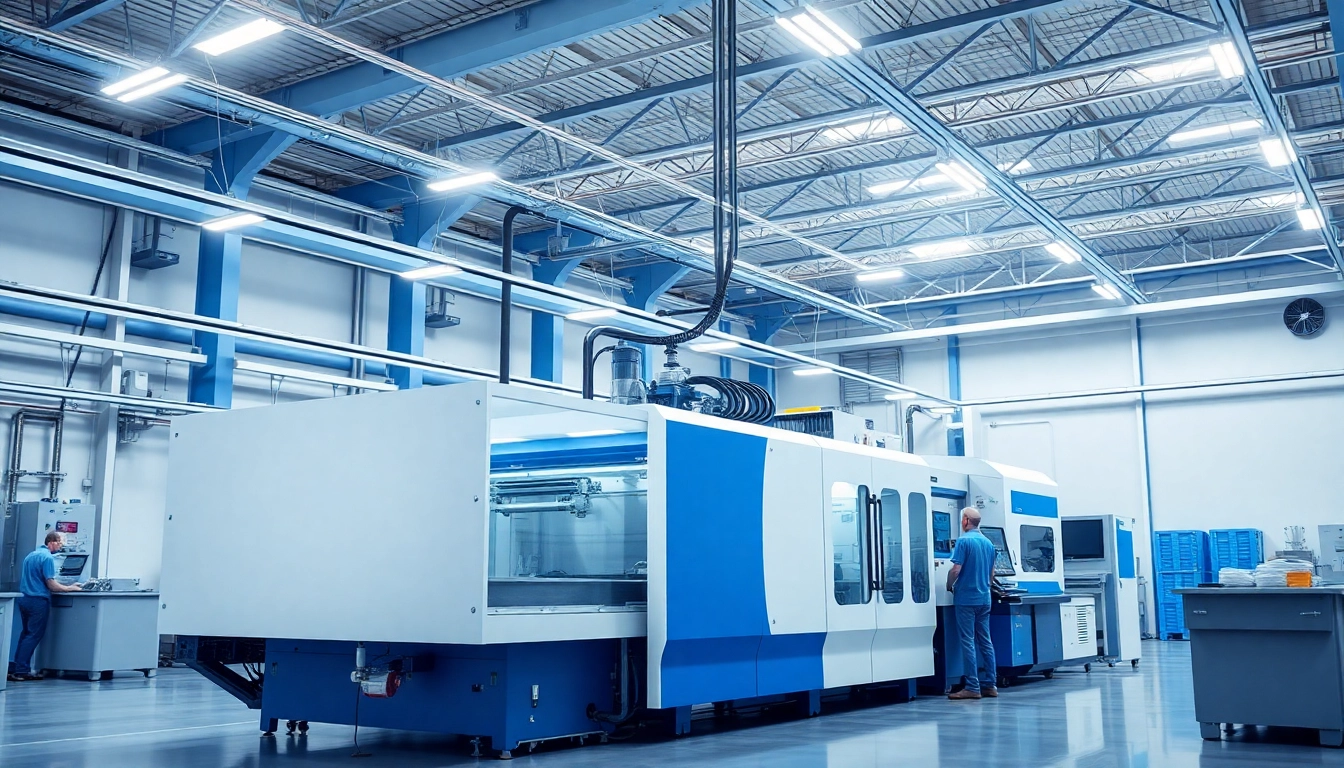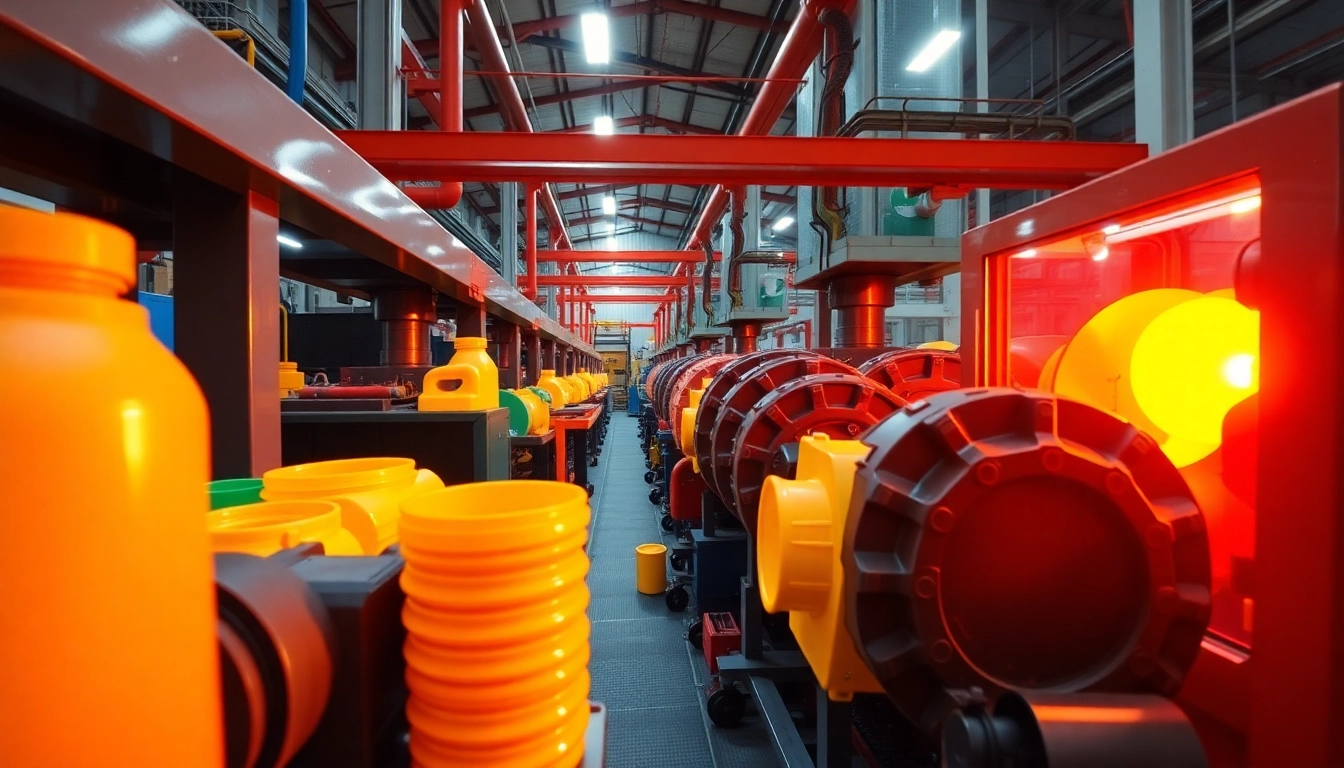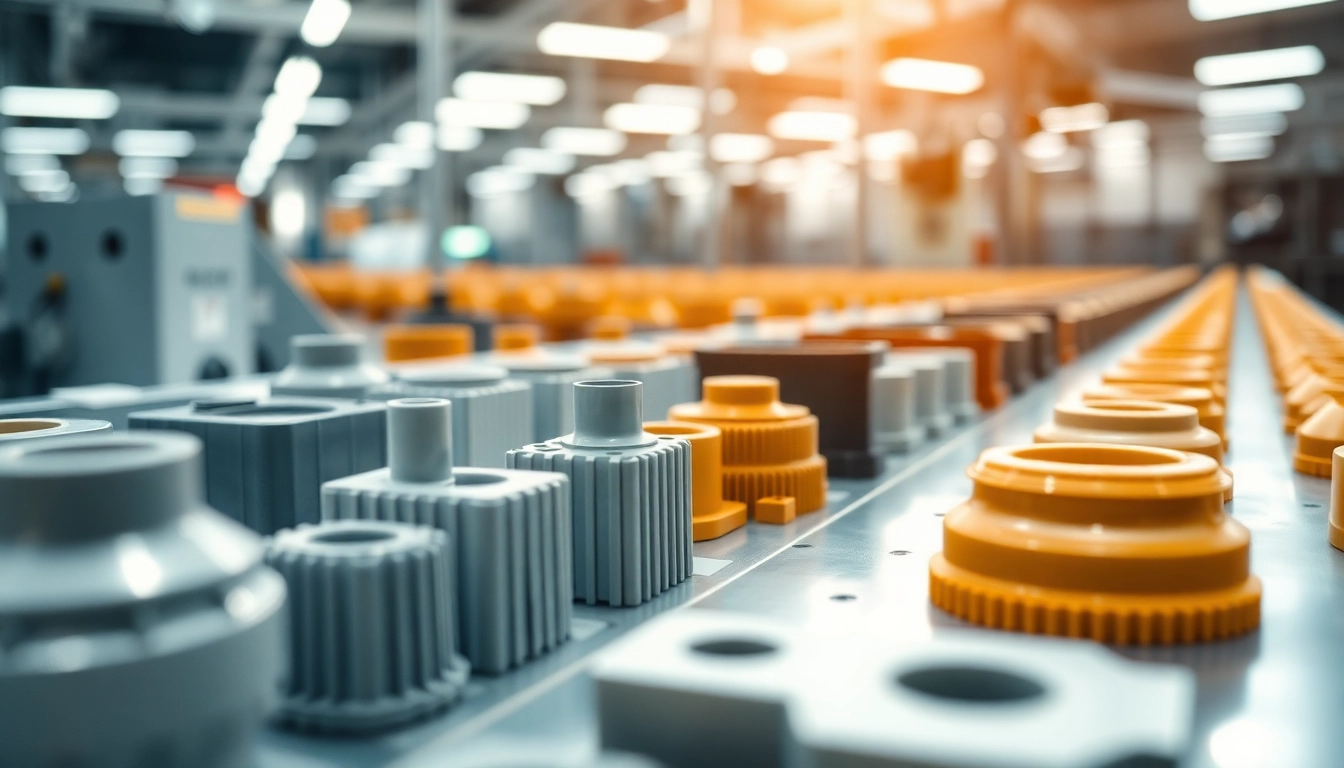Understanding the Manufacture of Plastic Parts
The manufacture of plastic parts is a vital aspect of modern manufacturing, impacting various industries from automotive to consumer goods. Plastic parts are ubiquitous in our everyday lives; they provide essential functionalities in products ranging from phones and appliances to toys and automotive components. Understanding the manufacturing processes involved in creating these parts is crucial for businesses seeking efficiency, cost-effectiveness, and sustainability in production.
What are Plastic Parts?
Plastic parts are manufactured items composed of polymer materials, which are created through a process called polymerization. These parts can take various forms, from simple components like knobs and switches to intricate shapes used in sophisticated machinery. The versatility of plastic allows for a wide range of designs, which can be customized based on specific use-cases and requirements.
Such parts can comprise different types of plastics, including thermoplastics, which can be reshaped when heated, and thermosetting plastics, which cannot be remolded after being set. This distinction is critical when choosing materials for specific applications, as it affects durability, weight, flexibility, and sustainability.
Overview of Manufacturing Processes
The manufacture of plastic parts involves several key processes, each with its own unique applications and benefits. The most prominent methods of producing plastic components include:
- Injection Molding
- Extrusion
- Blow Molding
- Thermoforming
- Compression Molding
- Vacuum Casting
Each of these methods serves different purposes depending on the type of part being manufactured, production volume, and material characteristics.
Key Materials Used in Plastic Part Manufacture
The choice of materials is paramount in the manufacturing of plastic parts. Here are some of the most commonly used materials:
- Polyethylene (PE): Known for being lightweight and resistant to impact. It is widely used in applications such as plastic bottles and bags.
- Polypropylene (PP): Offers excellent chemical resistance and is utilized in automotive and consumer products.
- Polystyrene (PS): Often used for making molded containers, it is usually clear and has good sound-insulating properties.
- Polyvinyl Chloride (PVC): Known for its durability and versatility, it is commonly used in pipes, medical devices, and construction.
- Acrylonitrile Butadiene Styrene (ABS): Valued for its toughness and impact resistance, it is mainly used in toys, appliances, and automotive parts.
Popular Methods for Manufacturing Plastic Parts
Injection Molding Explained
Injection molding is one of the most widely used processes for manufacturing plastic parts, particularly for high-volume production. The process involves injecting molten plastic into a precisely shaped mold. After the plastic cools and solidifies, the mold is removed to reveal the final product.
This process is known for producing parts with high precision and excellent surface finish, making it ideal for complex designs. Injection molding allows for rapid production rates, which significantly lowers per-unit costs when producing large quantities. However, the initial tooling costs for creating molds can be substantial, making it less efficient for small batch sizes.
Extrusion and Its Applications
Extrusion is another essential manufacturing process where plastic is forced through a die to create long objects with a uniform cross-section. Common products created through extrusion include pipes, sheets, and films. This method allows for the continuous production of plastic materials, which can then be cut to length or processed further.
Extrusion can handle a variety of thermoplastics and is widely used in both structural items, like window frames, and flexible applications, such as plastic bags. However, extrusion is generally limited to creating profiles and cannot produce parts with intricate details as injection molding does.
Other Methods: Blow Molding and Thermoforming
Blow molding is a process mainly used to create hollow plastic parts, such as bottles and containers. It starts with heating a plastic tube and then inflating it within a mold by blowing air into it. This method allows for efficient production of lightweight and sturdy containers.
Thermoforming, on the other hand, involves heating a plastic sheet until it is pliable and then molding it to a specific shape with the help of a mechanical or vacuum process. This technique is often used for making packaging products, trays, and automotive parts.
Choosing the Right Manufacturing Process
Factors to Consider
Selecting the appropriate manufacturing process for plastic parts involves considering multiple factors, including:
- Part Complexity: Highly intricate designs may necessitate injection molding, while simpler profiles could be produced through extrusion.
- Batch Size: For high-volume production, injection molding is typically favored, whereas low-volume requirements might benefit from methods like CNC machining or 3D printing.
- Material Compatibility: The chosen manufacturing process should align with the type of plastic material being used, as not all methods accommodate every type of polymer.
Cost Implications of Different Techniques
Understanding the cost structure of each manufacturing method is crucial when deciding on a process. Injection molding, while expensive in terms of tooling, significantly reduces unit costs in large-scale production. Conversely, techniques like thermoforming and blow molding may have lower initial costs but are less efficient for large quantities, impacting the overall production cost per unit.
Custom Solutions for Unique Needs
For businesses requiring unique and specialized products, custom manufacturing solutions can be created through techniques like rapid prototyping or custom tooling. Collaborating with experienced manufacturers who offer design and engineering support can lead to more efficient production and better product outcomes.
Quality Control in Plastic Part Manufacturing
Standards and Best Practices
Quality control is integral to maintaining the standards of plastic parts manufacturing. Adherence to international standards such as ISO 9001 ensures that processes are efficient and consistent. Regular audits, process validations, and compliance assessments can help in identifying areas for improvement.
Testing Methods for Plastic Parts
Various testing methods must be implemented to ensure the functionality and safety of plastic products. Common tests include:
- Tensile Testing: Evaluates the strength of the material under tension.
- Impact Testing: Assesses the toughness of the material by subjecting it to sudden impacts.
- Thermal Analysis: Determines how materials behave under different temperatures.
Ensuring Compliance with Safety Regulations
Manufacturers must abide by safety regulations, particularly when producing components for automotive, medical, or consumer products. Understanding compliance requirements and integrating safety testing into product development processes is essential to mitigate legal risks and enhance customer trust.
Future Trends in the Manufacture of Plastic Parts
Innovations in Sustainability and Recycling
The rising concern regarding environmental sustainability is steering innovations in plastic manufacturing. Companies are increasingly adopting bioplastics and developing processes aimed at minimizing environmental impact, such as recycling initiatives and closed-loop manufacturing systems.
Additionally, advancements in biodegradable materials and compostable plastics are ushering a wave of eco-friendly products onto the market, aligning with consumer demand for sustainable solutions.
Impact of Technology on Production Efficiency
Technological advancements such as automation, robotics, and smart manufacturing methodologies are enhancing production efficiency in plastic manufacturing. These innovations lead to reduced waste, optimized workflows, and improved product quality, ushering in a new age of manufacturing that is faster and more reliable.
Market Predictions and Consumer Demands
As consumer preferences shift towards personalization, the demand for custom plastic products is on the rise. Manufacturers who can swiftly adapt and offer bespoke solutions will likely thrive. Simultaneously, understanding market trends, from the shift to sustainable materials to the increasing relevance of e-commerce, will be critical for strategic growth and competitiveness in the plastic parts manufacturing industry.



